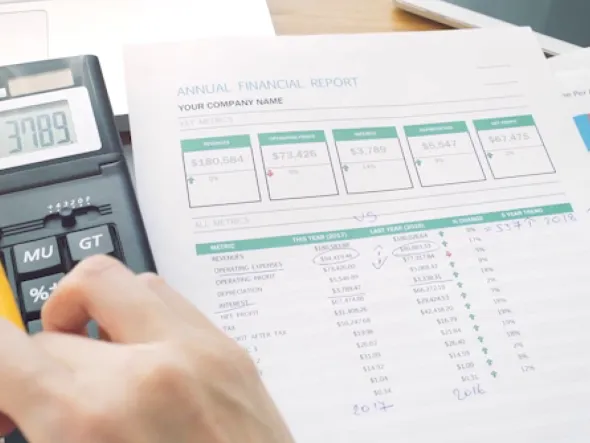Solvency II


The Building Block Approach (BBA) is a method for measuring technical provisions on the basis of the settlement present value. This calculation is based on the four building blocks: Cash flows, discounting, risk margin and service margin.
Own Risk and Solvency Management (ORSA) is anchored in Pillar II of the Solvency II Directive and refers to the company's own processes and activities undertaken to identify, evaluate, and control all risks to which the insurance company is exposed.
The Premium Allocation Approach (PAA) is a simplification of the General Measurement Model (GMM) and thus facilitates the valuation of insurance contracts. A prerequisite for the application of the PAA is that its result corresponds to a reasonable approximation of the GMM or that the underlying contract has a term of less than one year.
Quantitative Reporting Templates (QRT) are reporting forms that are used to fulfill the quantitative reporting required under Pillar III of the Solvency II Directive.
The term "Solvency Capital Requirement" (SCR) describes a ratio that represents the absolute amount of funds that must be held by insurance institutions in the European Union (EU). It is calculated in accordance with regulations using a standard formula or an individual model set up by the insurance institution. In principle, all quantifiable risks that exist for the institution are taken into account in the development. The difference to the Minimum Capital Requirement (MCR) lies in the threshold set by the insurance supervisory authority, below which non-compliance is punished with further consequences.
The variable fee approach (VFA) is a variation of the general measurement model (GMM) and is applied to contracts that include a participation feature. The main difference to the GMM is the inclusion of shares in the profit of the underlying items and (investment) activities of the contract in its overall measurement.
The "eXtensible Business Reporting Language" (XBRL) is a language based on XML, which is used in financial reporting and especially in the preparation of annual financial statements. XBRL makes the evaluation, representation and processing of data more efficient.
For more information on Solvency II, click here.
With our support, our customers meet pressing issues and challenges arising from industry change and new regulatory requirements. As "partners for change," together we master the only constant - change.